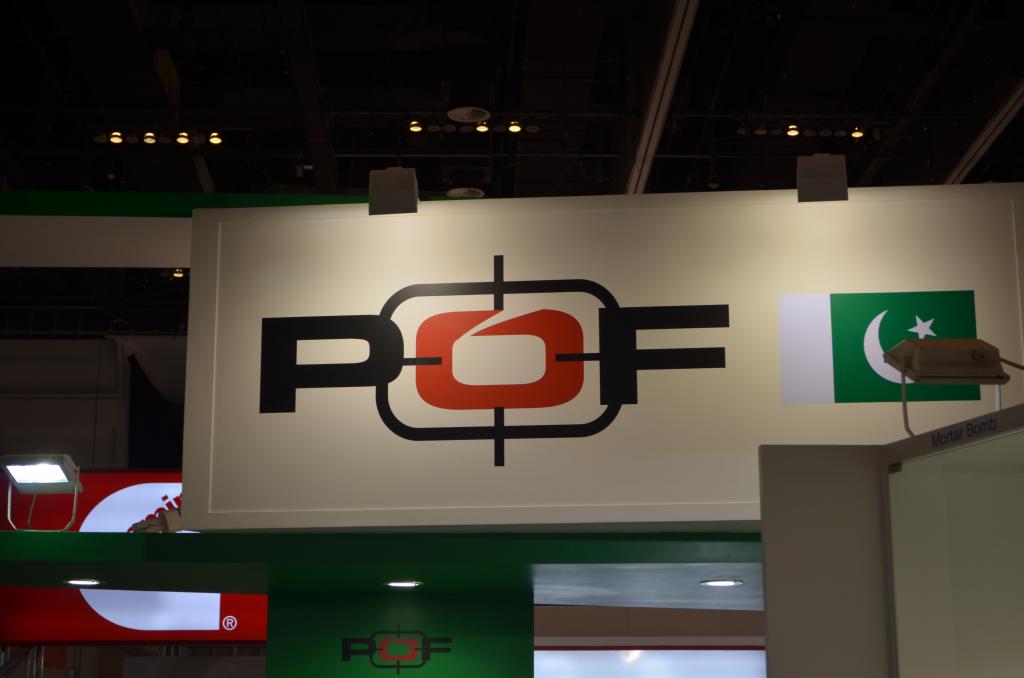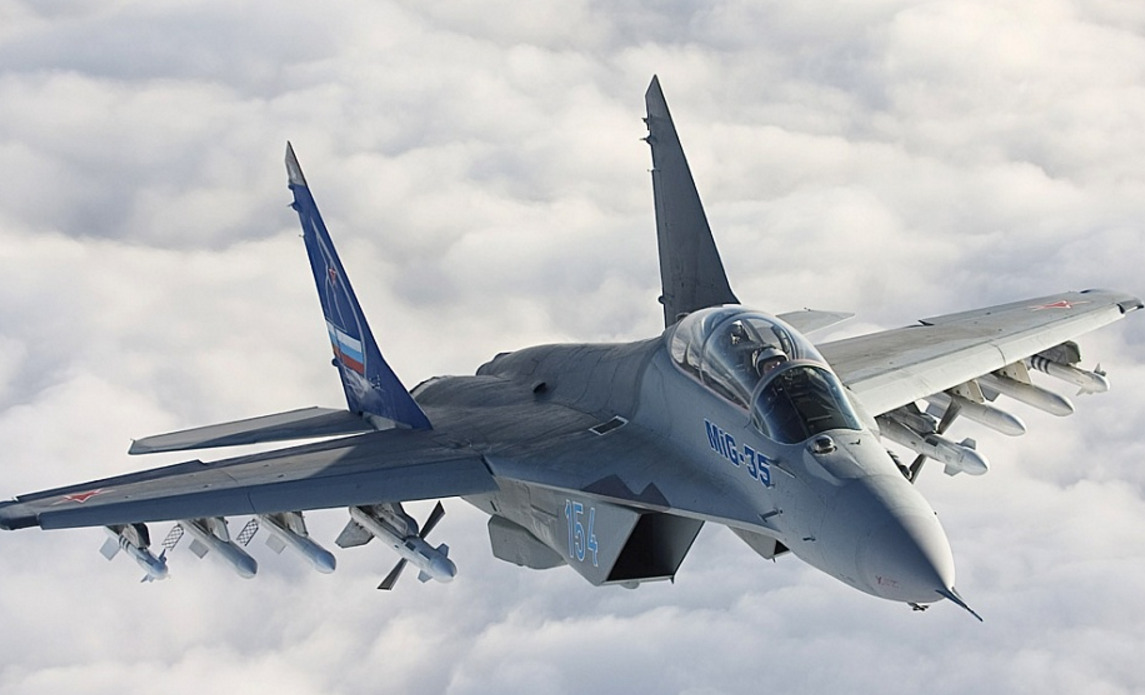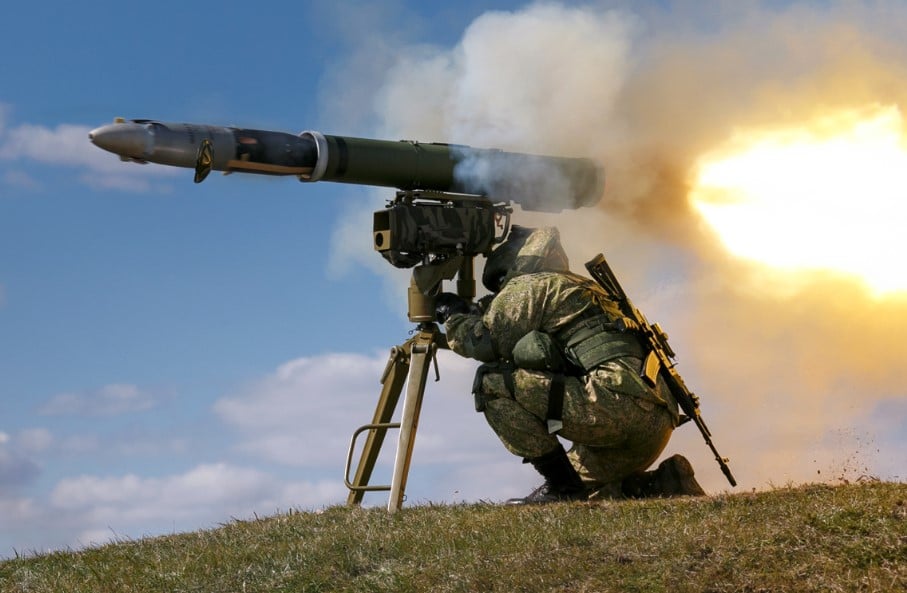2558Views 2Comments

Pakistan Ordnance Factories sees three-fold increase in brass output
Pakistan Ordnance Factories’ (POF) brass production capacity has been increased three-fold from 8,000 metric tons per year to 24,000 metric tons per year, the Associated Press of Pakistan reports.
POF’s brass mill was first opened in 1954. Brass is a metal alloy used in many applications, with one of them being ammunition-round casings, which is one of POF’s primary products.
Radio Pakistan reports that the upgraded mill is “equipped with state-of-the-art technology and facilities to set new quality benchmark[s] in brass products.”
Notes & Comments:
In recent years, demand for POF’s brass has increased due to a few factors, namely Pakistan’s ongoing counterinsurgency campaign in the Federally Administered Tribal Areas and increases in POF’s exports.
In 2016, Saudi Arabia had served as POF’s largest buyer, but moving forward, POF is also budding to supply brass and gliding metal clad steel to the Italian ammunition maker Fiocchi. Considering the sharply increased output, POF’s brass may also be used in non-defence (i.e. consumer) applications. In March 2016, the Pakistan Army inaugurated POF’s 7.62×39 ammunition production plant.
POF is aiming to comprehensively modernize its production facilities. In the 2016 International Defence Exhibition and Seminar (IDEAS), which was held in Karachi in November, POF inked many memoranda-of-understanding (MoUs) with European – particularly Czech, Polish and Italian – firearms industry vendors.
The aim of these MoUs appears to be two-fold: First, to modernize its plant for more efficient and affordable small arms manufacturing, especially modern designs such as the POF Light Sniper Rifle and the Pakistan Army’s next-generation standard issue rifle. Second, to link POF to external supply chains, enabling POF to generate more revenue and save on the government’s net foreign-exchange balance.
For additional information and insight in the POF’s development plans, see the series – “Pakistan Ordnance Factories’ Track to Competitive Growth.”



2 Comments
by jamshed_kharian_pak
Islamic Republic Of Pakistan’s size fifth by population it means more gray cells, brain power, very Large defence forces plus export yet not matching military hardware production lots of work in perspective be brave go ahead
by Superior Shakeel
Dude did you just compare size of population to grey cell??
Also you need to lay off whatever drug you are on you’re talking very incoherently.